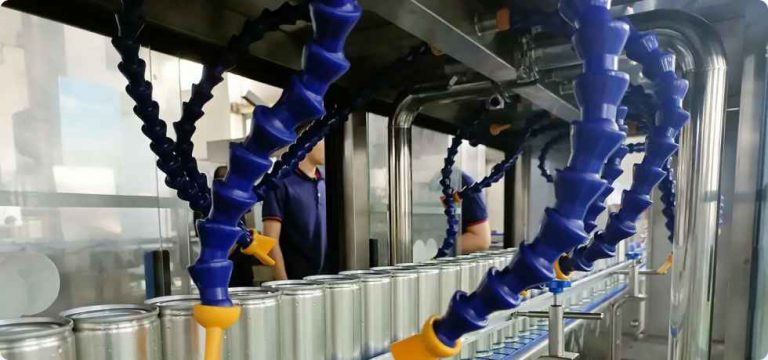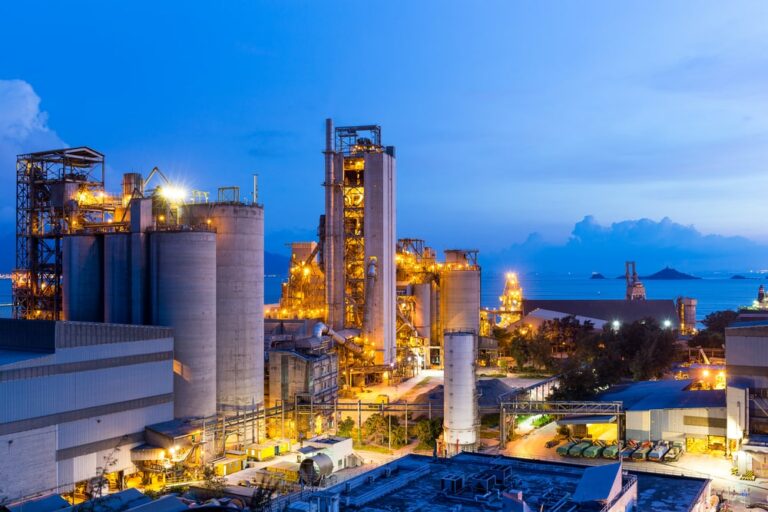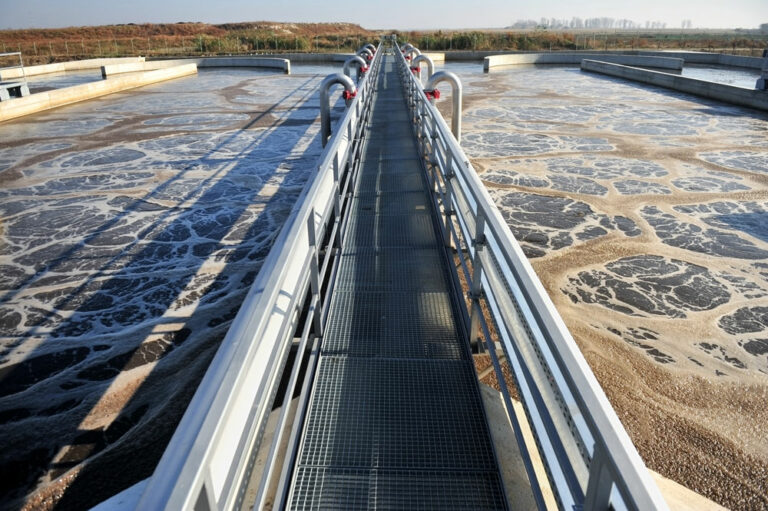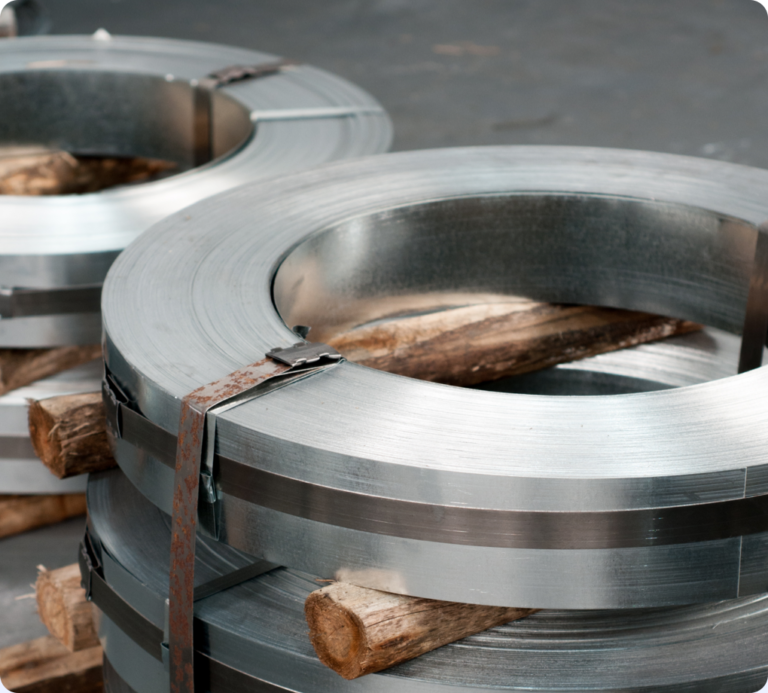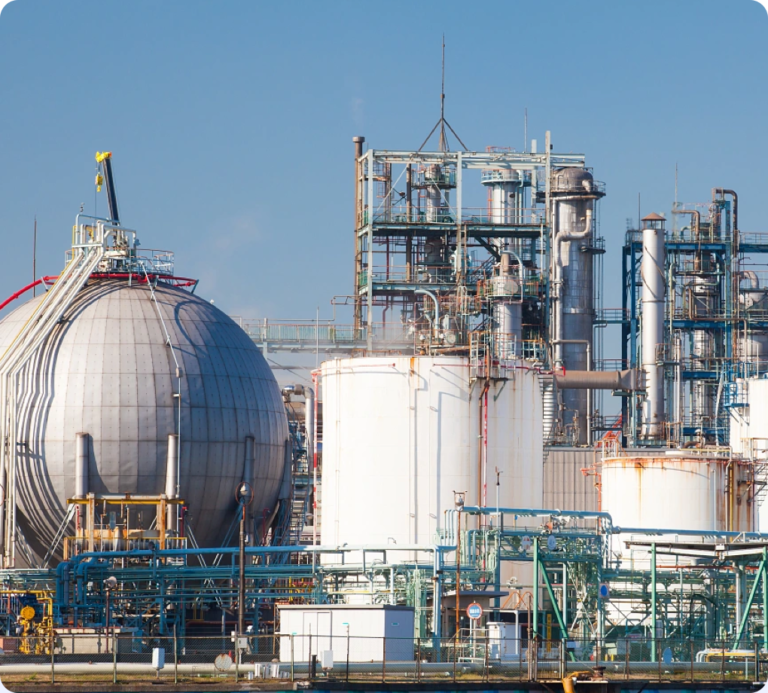RAETTS is a national high-tech enterprise integrating R&D, production and sales of professional blowers. RAETTS is a leading and benchmarking enterprise in the domestic medium pressure blower industry. RAETTS has the most advanced blower laboratory in the industry, and has jointly established a blower scientific research center with well-known domestic scientific research institutions. Our products are very popular in Burkina Faso,Syria,Jordan,Mozambique,Nepal,Spain,Iraq,Venezuela,Liechtenstein, America and Japan. have gained great credit from our customers.RAETTS blower is widely used in thermal power plant
Innovation has never stopped, technology is the king. After more than ten years of innovation and development, RAETTS has broken through the international technology monopoly and created a mature air bearing blower and maglev turbo blower dual production lines firstly in the industry, pioneered the portable and the miniature type air bearing blower.
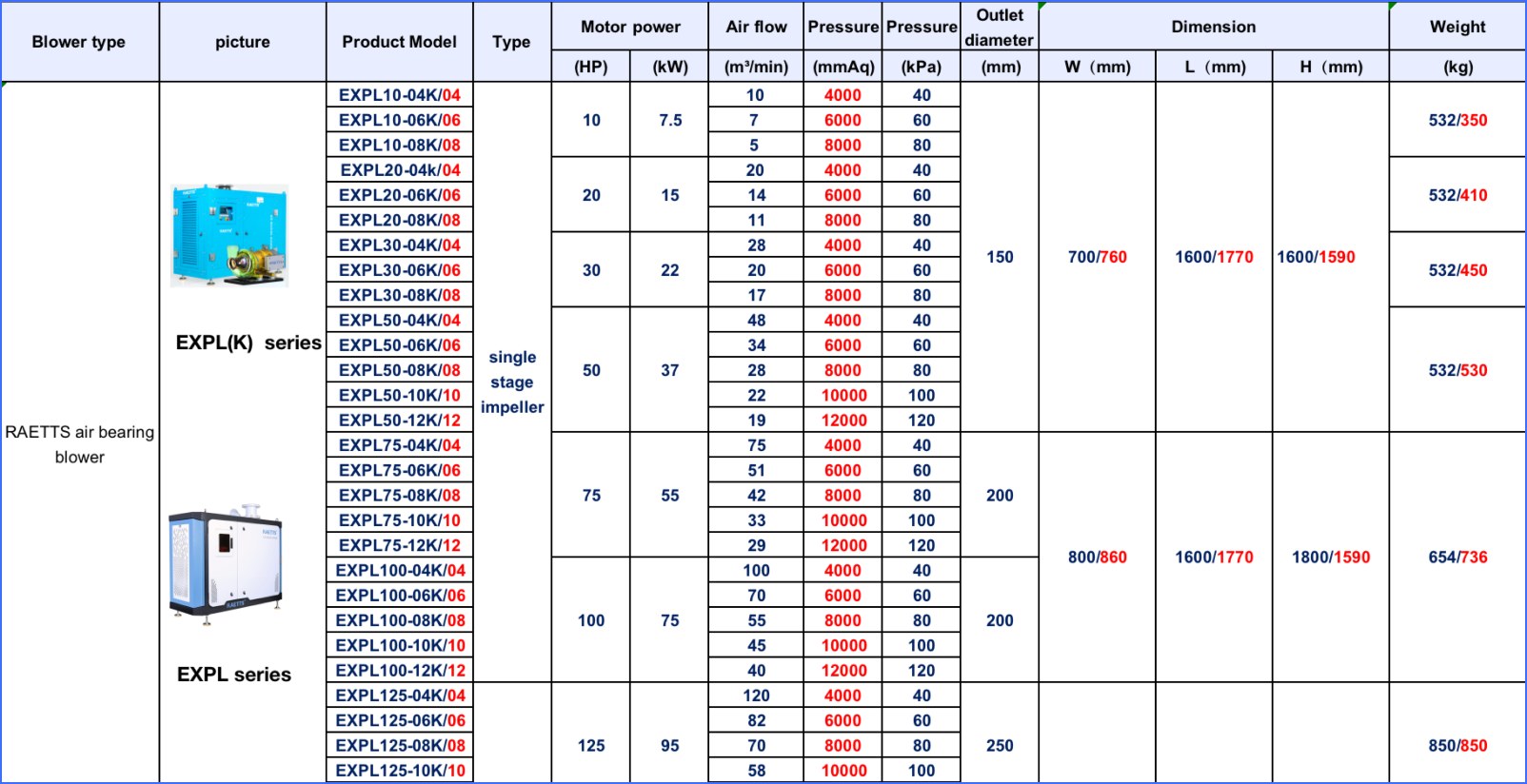
| Product name | aeration blower |
| Keyword | turbo blower for cement industry,centrifugal air blower,Pneumatic conveying blowers,Blower for Cement Plant,oxygen supply blower for fermentation |
| Place of Origin | China |
| Feature | RAETTS air bearing turbo blower is a brand-new concept blower, which integrates the main core technologies such as “air suspension bearing”, “permanent magnet ultra-high-speed motor”, “high-precision aviation-grade impeller”, and creates a new era of ultra-high efficiency ,low noise and low energy consumption. |
| Dimensions | 709mm*714mm*846mm, (Contact us for specific information to confirm) |
| Applicable Industries | surface cleaning and blowing dry, etc. |
| Weight | 488kg |
| delivery date | the common delivery time will be 30-40 days. |
| terms of paymen | RAETTS accept payment by T/T(30% advance payment,70% before shipment) |
| Life span | 19 years (Contact us for specific information to confirm) |
| After-sale service | RAETTS warranty time for air bearing blower and maglev turbo blower is 24months,for high speed centrifugal blower is 12 months. |
| Advantage | We keep good quality and competitive price to ensure our customers benefit |
| Packing | 809x854x856mm(Contact us for specific information to confirm) |
| OEM/ODM | Customization Service Provided |
| Sales country | All over the world for example:Burkina Faso,Syria,Jordan,Mozambique,Nepal,Spain,Iraq,Venezuela,Liechtenstein |
| MOQ | 8pcs(Contact us for specific information to confirm) |
| production capacity | production capacity RAETTS production quantity for air bearing blower and maglev turbo blower is about 200pcs/month,for high speed centrifugal blower is about 700pcs/month. |
| raw materials | RAETTS air blower impeller in made of aluminum alloy,enclosure material is carbon steel,rotor material is cast iron.If customers need other special materials,we can also customized according to customers requirements |
| technology | RAETTS air bearing blower technology is originated from South Korea and maglev turbo blower technology is originated from Germany.RAETTS also have R&D team from Xi’an Jiaotong University |
| quality system | RAETTS has quality management system certificate ISO9001:2015 and enviromental management system certificate ISO14001:2015 |

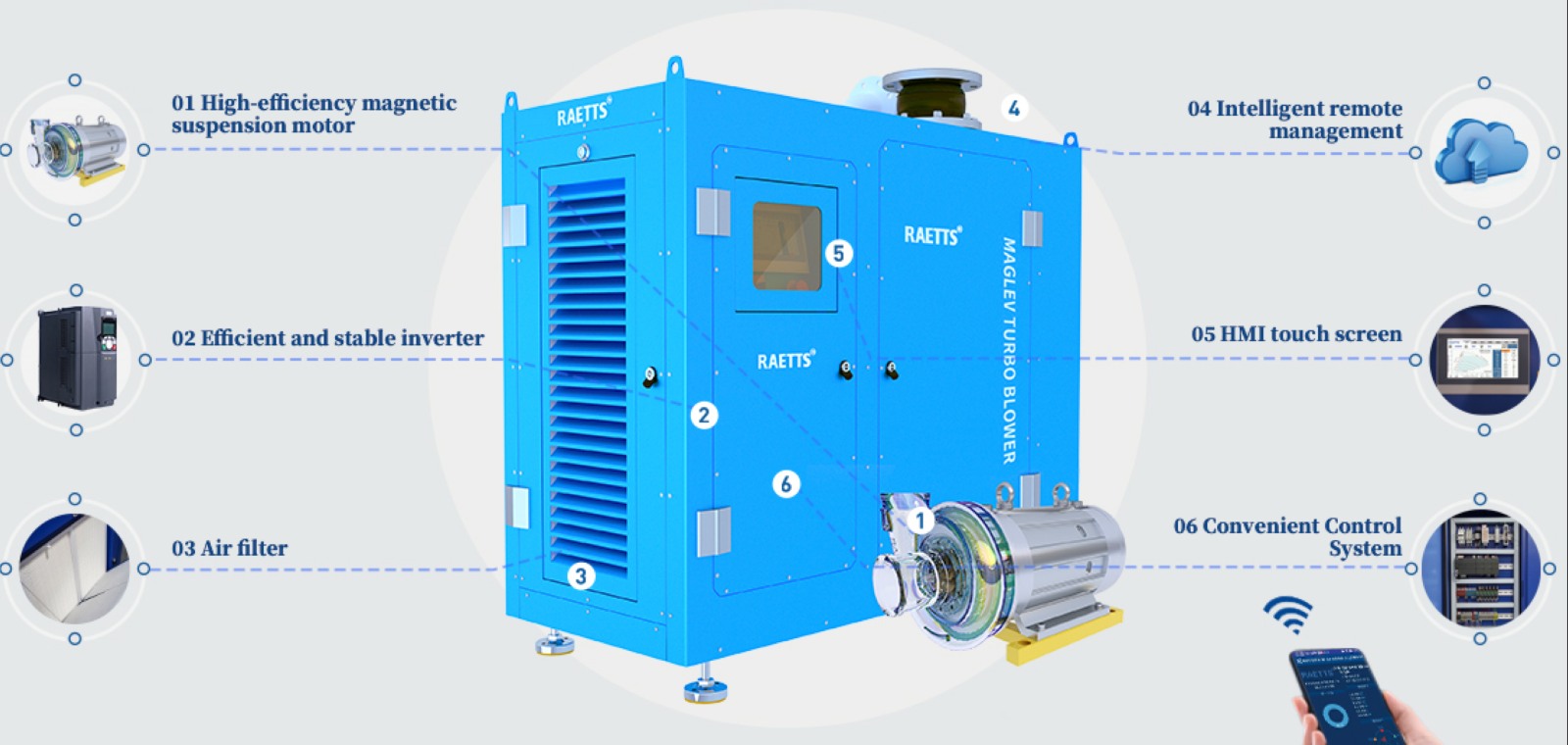
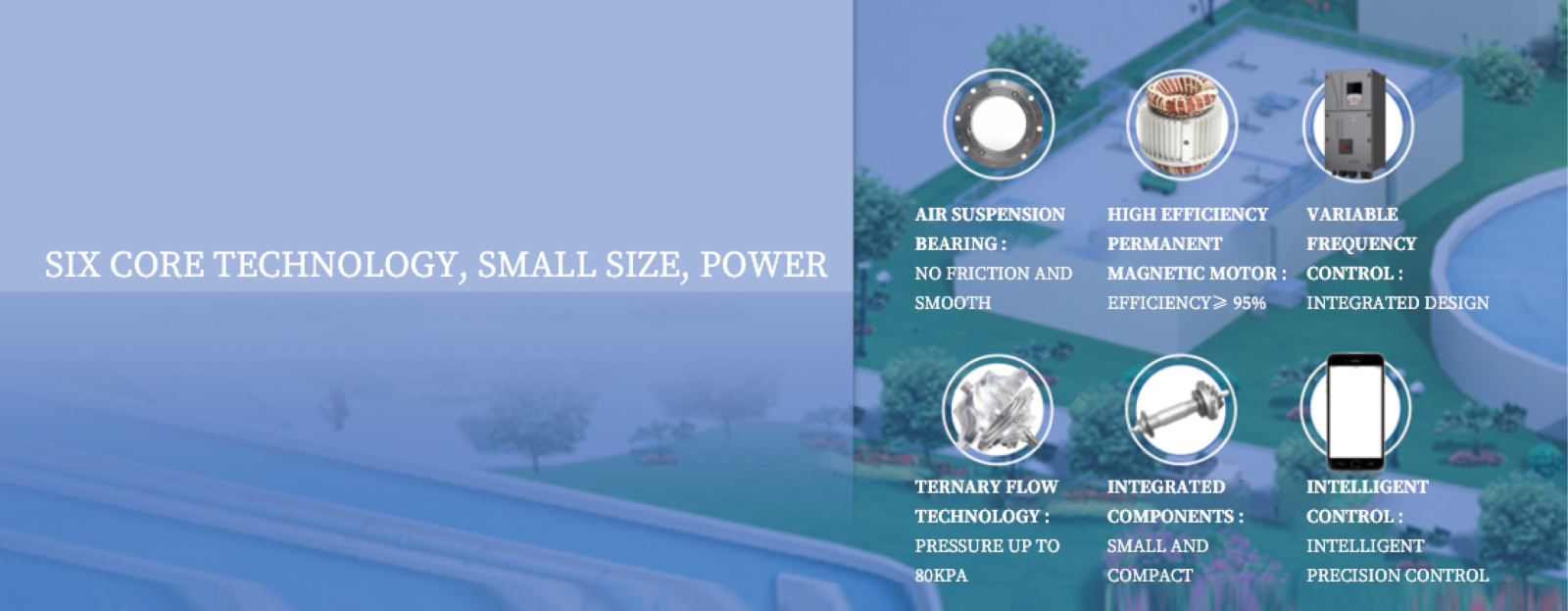
aeration blower services FAQs Guide
Are you looking for a quick review guide about aeration blowerservices?
An ultimate FAQ buying guide is available to help you.This guide contains all the information about all the important facts, figures, and various processes regarding aeration blower services.
Let’s continue!
2.How Does a Turbo Blower Improve Overall System Performance?
3.What is the Maximum Pressure and Flow Rate of a Turbo Blower?
4.About aeration blower customization services
5.Are There Any Energy Rebates Available for Using a Turbo Blower?
6.What Types of Materials Can a Turbo Blower Handle?
7.What are the advantages of using an turbo aeration blower?
8.How Does a Turbo Blower Handle Varying Inlet Conditions?
9.Why Should I Choose a Turbo Blower for My Industrial Operation?
10.Can a Turbo Blower Be Operated Remotely?
11.About aeration blower delivery date
12.How Does a Turbo Blower Ensure Oil-Free Operation?
13.Is a Turbo Blower Easy to Install and Integrate into My System?
1.What is the Overall Efficiency Rating of a Turbo Blower?
We are a new aeration blower manufacturer.
The overall efficiency rating of a turbo blower can vary depending on the specific model and manufacturer. However, on average, turbo blowers have an overall efficiency rating of around 70-80%. This means that for every 100 units of energy input, the turbo blower can produce 70-80 units of output energy. Factors such as design, size, and operating conditions can also affect the efficiency of a turbo blower.
2.How Does a Turbo Blower Improve Overall System Performance?
We have a wide range of aeration blower customer groups and establishes long -term cooperative relationships with partners. The countries we provide services include Burkina Faso,Syria,Jordan,Mozambique,Nepal,Spain,Iraq,Venezuela,Liechtenstein.
A turbo blower is a type of centrifugal blower that uses a high-speed impeller to generate air flow. It is commonly used in industrial and municipal applications for a variety of purposes, including aeration, ventilation, and pneumatic conveying.
One of the main ways that a turbo blower improves overall system performance is by providing a higher flow rate and pressure compared to traditional blowers. This is due to the high-speed impeller, which can rotate at speeds of up to 50,000 RPM, creating a more powerful and efficient air flow.
Additionally, turbo blowers are designed to be more energy-efficient than traditional blowers. They use advanced technologies such as variable frequency drives (VFDs) and magnetic bearings to reduce energy consumption and operating costs. This not only saves money but also reduces the carbon footprint of the system.
Another advantage of turbo blowers is their compact size and lightweight design. This makes them easier to install and requires less space, which is especially beneficial in applications where space is limited. The compact design also allows for easier maintenance and reduces the need for frequent repairs.
Furthermore, turbo blowers are known for their quiet operation. The high-speed impeller and advanced technologies used in turbo blowers result in lower noise levels compared to traditional blowers. This is particularly important in applications where noise pollution is a concern.
Overall, the improved performance of a turbo blower translates into better system efficiency, lower operating costs, and reduced environmental impact. This makes it a popular choice for a wide range of industrial and municipal applications.
3.What is the Maximum Pressure and Flow Rate of a Turbo Blower?
We should have a stable supply chain and logistics capabilities, and provide customers with high -quality, low -priced aeration blower products.
The maximum pressure and flow rate of a turbo blower can vary depending on the specific model and manufacturer. However, in general, turbo blowers can achieve pressures up to 15 psi (1 bar) and flow rates up to 10,000 cubic feet per minute (cfm) (283 cubic meters per minute). Some high-performance turbo blowers may be able to achieve even higher pressures and flow rates. It is important to consult the manufacturer’s specifications for the specific turbo blower being used to determine its maximum pressure and flow rate capabilities.
4.About aeration blower customization services
RAETTS has more than 20 peoples R&D team,which can help customer to do customization for the air blowers to meet the different applications
5.Are There Any Energy Rebates Available for Using a Turbo Blower?
As one of the aeration blower market leaders, we are known for innovation and reliability.
Yes, there are energy rebates available for using a turbo blower. Many utility companies offer rebates for energy-efficient equipment, including turbo blowers. These rebates can vary depending on the location and the specific utility company, but they can range from a few hundred dollars to several thousand dollars. It is recommended to check with your local utility company or state energy office to see if there are any available rebates for using a turbo blower. Additionally, some manufacturers may also offer rebates or incentives for purchasing and using their energy-efficient turbo blowers.
6.What Types of Materials Can a Turbo Blower Handle?
We focus on teamwork and communication to achieve common goals, We attach great importance to this detail.
Turbo blowers are versatile machines that can handle a wide range of materials. Some of the most common materials that can be handled by a turbo blower include:
1. Air and gases: Turbo blowers are primarily used for moving air and gases in various industrial processes. They can handle a wide range of gases, including air, nitrogen, oxygen, and other inert gases.
2. Liquids: Turbo blowers can also handle liquids, such as water, oil, and other fluids. They are commonly used in wastewater treatment plants to aerate and mix liquids.
3. Solids: Turbo blowers can handle solid materials in the form of dust, powders, and granules. They are often used in pneumatic conveying systems to transport solid materials in industries such as food processing, pharmaceuticals, and chemical manufacturing.
4. Vapors: Turbo blowers can handle vapors and fumes from various industrial processes. They are commonly used in ventilation systems to remove harmful vapors and maintain a safe working environment.
5. Particulates: Turbo blowers can handle particulate matter, such as dust, dirt, and debris. They are often used in industrial cleaning applications to remove debris and maintain a clean working environment.
6. Fibrous materials: Turbo blowers can handle fibrous materials, such as paper, textiles, and wood fibers. They are commonly used in paper mills and textile factories to move and process these materials.
7. Corrosive materials: Turbo blowers can handle corrosive materials, such as acids and chemicals. They are often made from corrosion-resistant materials to withstand exposure to these substances.
It is important to note that the specific materials a turbo blower can handle may vary depending on its design and construction. It is always best to consult the manufacturer or a technical expert to determine if a turbo blower is suitable for a specific material.
7.What are the advantages of using an turbo aeration blower?
Comparing with tradition roots blowers,single-stage blowers and multi-stage blowers,turbo blowers effciency is 20%-30% higher,which means using an turbo air blower can help customer to save about 20-30% energy,and then reduce the eletric cost.
8.How Does a Turbo Blower Handle Varying Inlet Conditions?
We maintain a certain amount of R&D investment every year and continuously improve operational efficiency to provide better services to our cooperative customers.
A turbo blower is designed to handle varying inlet conditions by adjusting its speed and flow rate to maintain a constant pressure at the outlet. This is achieved through the use of a variable frequency drive (VFD) which controls the speed of the blower motor.
When the inlet conditions change, such as an increase or decrease in air flow or pressure, the VFD will adjust the speed of the blower to maintain a constant pressure at the outlet. This is done by monitoring the pressure at the outlet and adjusting the speed of the blower accordingly.
In addition, turbo blowers are equipped with inlet guide vanes (IGVs) which can be adjusted to control the amount of air entering the blower. This allows the blower to handle varying inlet conditions without overloading the motor or causing damage to the blower.
Furthermore, some turbo blowers are equipped with advanced control systems that can automatically adjust the speed and flow rate based on the inlet conditions, ensuring optimal performance and energy efficiency.
Overall, a turbo blower is able to handle varying inlet conditions by continuously adjusting its speed and flow rate to maintain a constant pressure at the outlet, while also utilizing inlet guide vanes and advanced control systems for optimal performance.
9.Why Should I Choose a Turbo Blower for My Industrial Operation?
We should enjoy a good reputation in the industry, and we can increase the added value of the products of cooperative customers through technological innovation.
1. Energy Efficiency: Turbo blowers are known for their high energy efficiency compared to traditional blowers. They use less energy to produce the same amount of air flow, resulting in lower operating costs and reduced energy consumption.
2. Compact Design: Turbo blowers have a compact design, making them ideal for industrial operations with limited space. They can be installed in tight spaces and still provide high air flow rates.
3. Low Maintenance: Turbo blowers have fewer moving parts compared to traditional blowers, resulting in lower maintenance requirements and costs. This also means less downtime for maintenance, resulting in increased productivity.
4. Variable Speed Control: Turbo blowers have variable speed control, allowing for precise control of air flow and pressure. This makes them suitable for a wide range of industrial applications.
5. Quiet Operation: Turbo blowers operate at a lower noise level compared to traditional blowers, making them ideal for industrial operations where noise levels need to be kept to a minimum.
6. Durability: Turbo blowers are designed to be durable and long-lasting, with minimal wear and tear on the components. This results in a longer lifespan and reduced replacement costs.
7. Environmental Benefits: Turbo blowers are environmentally friendly, as they produce less noise and vibration, and have lower energy consumption. This makes them a more sustainable option for industrial operations.
8. Easy Installation: Turbo blowers are easy to install and can be up and running in a short amount of time. This reduces installation costs and downtime for the operation.
9. High Air Flow Rates: Turbo blowers are capable of producing high air flow rates, making them suitable for a wide range of industrial applications that require high volumes of air.
10. Customizable Options: Turbo blowers can be customized to meet the specific needs of an industrial operation. This includes options for different air flow rates, pressure levels, and control systems.
10.Can a Turbo Blower Be Operated Remotely?
I have a comprehensive after -sales service system, which can pay attention to market trends in time and adjust our strategy in a timely manner.
Yes, a turbo blower can be operated remotely through the use of a remote control system. This system allows the operator to control the speed and other functions of the turbo blower from a distance, without the need to physically be near the blower. This can be useful in situations where the blower is located in a hard-to-reach or hazardous area, or when the operator needs to monitor and adjust the blower from a control room or other remote location. The remote control system typically consists of a control panel, sensors, and a communication system that allows for real-time monitoring and control of the blower.
11.About aeration blower delivery date
For the regular model air blowers(air suspension blower and maglev turbo blower) which RAETTS is producing,the common delivery time will be 30-40 days.For Super air blower and EXPLORER series high speed centrifugal air blower,delivery date is about 10 days.For some other R&D products,RAETTS delivery data is about 3-4 months.
12.How Does a Turbo Blower Ensure Oil-Free Operation?
We pay attention to user experience and product quality, and provide the best product quality and lowest production cost for cooperative customers.
A turbo blower ensures oil-free operation through its design and construction, as well as through the use of specialized components and systems.
1. Oil-Free Design: Turbo blowers are designed to operate without the need for oil lubrication. This means that all the moving parts, such as the impeller and bearings, are designed to function without the use of oil. This eliminates the risk of oil contamination in the air stream.
2. Magnetic Bearings: Turbo blowers use magnetic bearings instead of traditional oil-lubricated bearings. These bearings use magnetic fields to levitate and support the rotating shaft, eliminating the need for oil lubrication. This also reduces friction and wear, resulting in longer service life and improved efficiency.
3. Air Cooling: Turbo blowers use air cooling instead of oil cooling. This means that the blower is cooled by the surrounding air, rather than by circulating oil. This eliminates the risk of oil leaks and contamination.
4. Sealed Enclosure: Turbo blowers are enclosed in a sealed housing, which prevents any oil from escaping into the air stream. This ensures that the air being delivered is completely oil-free.
5. Oil-Free Seals: The seals used in turbo blowers are specially designed to be oil-free. This prevents any oil from leaking into the air stream and ensures that the air being delivered is completely oil-free.
6. Oil-Free Filtration: Turbo blowers use specialized oil-free filtration systems to remove any oil or contaminants from the air stream. This ensures that the air being delivered is clean and oil-free.
Overall, the combination of these design features and specialized components ensures that a turbo blower operates without the need for oil lubrication, resulting in completely oil-free operation. This is essential for applications where oil contamination is not acceptable, such as in food and beverage production, pharmaceutical manufacturing, and electronics production.
13.Is a Turbo Blower Easy to Install and Integrate into My System?
We continuously upgrade our skills and knowledge to adapt to changing aeration blower market needs.
Yes, a turbo blower is relatively easy to install and integrate into a system. It typically comes with a mounting base or bracket that can be easily attached to a flat surface. The blower also has inlet and outlet connections that can be easily connected to the existing piping system. In addition, most turbo blowers come with a control panel that can be easily integrated into the system’s control system. However, it is important to consult the manufacturer’s installation instructions and guidelines to ensure proper installation and integration.
Tag:wastewater treatment aeration blower solutions,Blower for Cement Plant,centrifugal turbo blower,centrifugal blower for copper foil plant,air blower for hospital sewage wastewater treatment plant,High-pressure blower

